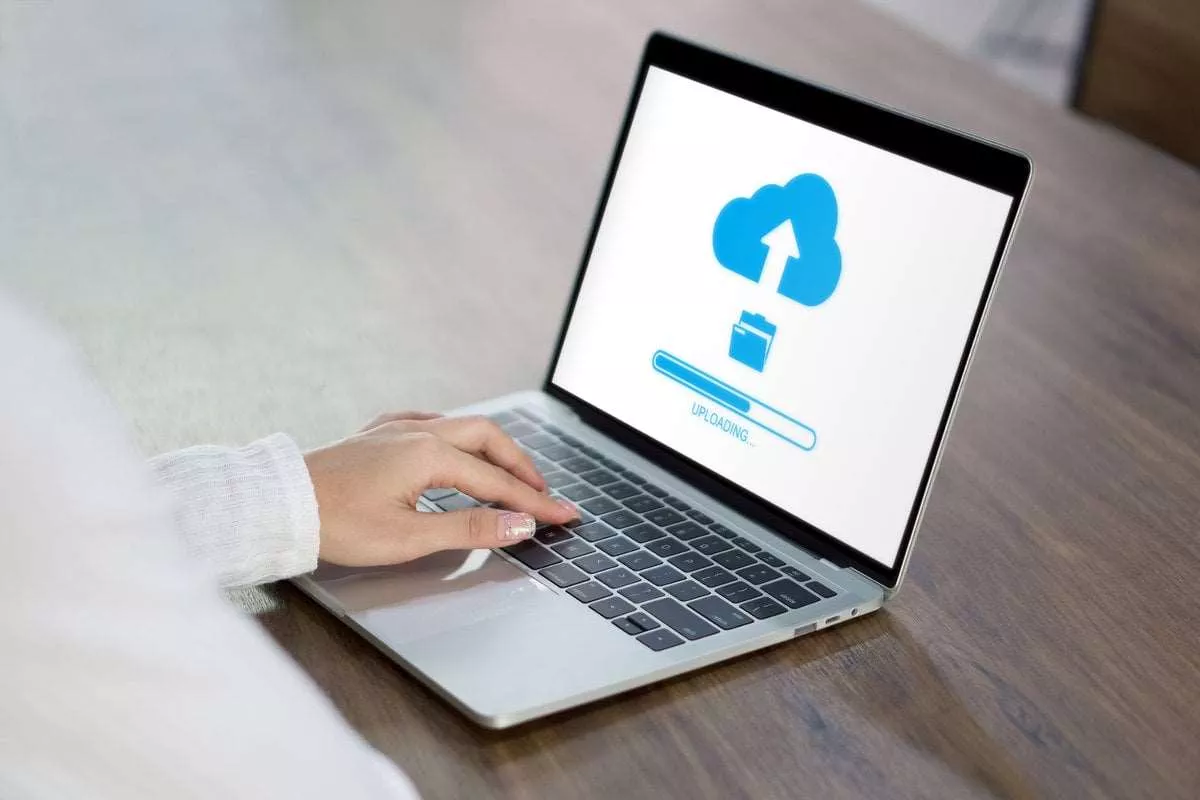They can’t see other team’s sources like dashboards, information, or alerts. Collaborative groups have access to other team’s resources. Several buildings exist inside Grafana to arrange assets and permissions. But I additionally want to allow team B and C to view the dashboards of group A, and vice versa for all groups. Is it potential to set this in a common means, or do I have to enumerate every team on each folder and assign view permissions?
Assist For A Quantity Of Organizations
That’s ok for now, you may grant extra user permissions by adding customers to teams in the subsequent step. It’s a great follow to use folders to arrange collections of associated dashboards. Add a member to a new Staff or add a team member to an current Group whenever you wish to provide entry to group dashboards and folders to another user. This task requires that you have group administrator permissions.
Teams let you grant permissions to a gaggle of customers, as an alternative of granting permissions to individual customers one at a time. For details about tips on how to optimize Groups, check with How to finest organize your teams and assets in Grafana. All members of a Grafana Staff have the same exact permissions. A single Group can’t have members with different access ranges to sources shared within that Group.
For example, you’ve two clients whose users should never see each other’s information. Grafana Cloud creates a model new Grafana Occasion (along with Grafana Cloud Metrics, Grafana Cloud Logs, and Grafana Cloud Traces tenants) for each stack. If you’re operating an Ubuntu server and need to maintain tabs on efficiency metrics—like CPU usage, memory, or disk I/O—Prometheus and Grafana are a dream group.
Groups Concepts
For a tutorial on working with Groups, check with Create users and groups. If you have already grouped some customers into a staff, then you can synchronize that staff with an external group. Superior choices for storage observability and a better method to create alerts are only a few of the numerous recent enhancements we’ve made to Kubernetes… We additionally grafana salesforce plan to enhance Grafana’s provisioning, APIs, and as-code functionality, to make it easier to manage sources between Instances. You can use the API or provisioning to synchronize some data between Cases (like knowledge sources).
Grafana recommends you utilize Groups to prepare and handle access to Grafana’s core sources, such as dashboards and alerts. Groups is a straightforward organizational tool to manage, and permits flexible sharing between teams. When you create a consumer they’re granted the Viewer function by default, which means that they won’t be succesful of make any modifications to any of the assets in Grafana.
- Currently the synchronization solely occurs when a person logs in, until LDAP is used with the lively background synchronization.
- For instance, you may have two customers whose users ought to never see every other’s information.
- A single Team can’t have members with different access ranges to resources shared within that Staff.
- You’ll add a number of native customers, arrange them into teams,and ensure they’re solely capable of access the sources they want.
- A consumer could be a Member or an Administrator for a given Team.
Grafana Situations are utterly isolated deployments of Grafana. Every Little Thing https://www.globalcloudteam.com/ — configuration, customers, and resources — is separate between Cases. We recommend that you use Cases to separate teams if you want true isolation.

When you’re finished, you’ll have two empty folders, the contents of which can only be seen by members of the Marketing or Engineering teams. Solely Advertising team members can edit the contents of the Analytics folder, solely Engineering group members can edit the contents of the Software folder. By default, when you create a folder, all customers with the Viewer role are granted permission to view the folder. In this step, you’ll create two groups and assign customers to them.

Their objective is to provide completely separate experiences, which seem like multiple cases of Grafana, within a single occasion. A Quantity Of Orgs are simpler and cheaper to manage than a number of Cases of Grafana. Nonetheless, we rarely suggest Orgs as a way to separate teams, as a outcome of they lack the flexibility of Folders and the true isolation of Cases and Stacks.
In this case, we’d suggest organizing and managing access to Grafana’s core sources like dashboards and alerts by using Folders and Groups. At a Grafana Enterprise buyer, each group of SREs is assigned a Team in Grafana, which correlates with their companies, represented as Kubernetes namespaces. I have arrange a quantity of teams (let’s name them A, B and C) and corresponding folders “A”, “B” and “C”. Members of team A can edit dashboards in folder A, staff B in folder B and team C in folder C. You can repeat these steps to log in as the opposite customers you’ve got created see the differences in the viewer and editor roles.
(I’ll use “team” to refer to an actual group of individuals, and “Team” with a capital T to refer to the Grafana concept of Group, which teams users). The most essential factor to assume about for securing Groups is to only grant staff administrator rights to the customers you trust to administer the Staff. You Have created a new consumer and given them distinctive permissions to view a single dashboard inside ecommerce mobile app a folder. When you are completed, you will have two empty folders, the contents of which might only be viewed by members of the Advertising or Engineering teams. In this step, you’ll create two groups and assign customers to them.